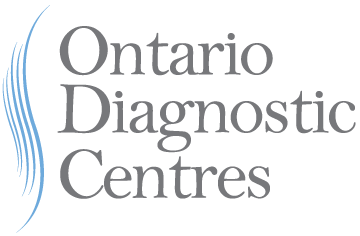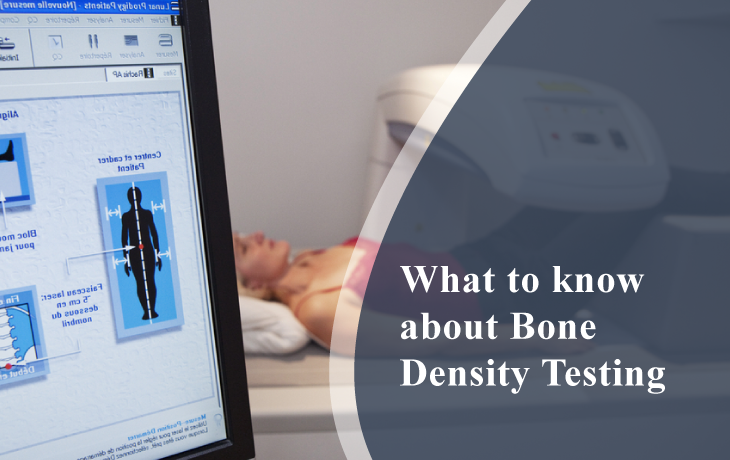Are you a woman over the age of 65, a man over the age of 70, or have you recently had a bone fracture? If the answer is yes to any of these questions, it might be time to get in touch with your healthcare provider.
It is likely your professional will recommend a bone mineral density test to verify the strength of your bones. And if you haven’t heard about it before, this article has you covered!
What Is a Bone Density Test?
A bone density test is utilized to detect whether you have osteoporosis. During this condition, the bones get pretty weak and thin. As a result, they are more likely to break.
Another pivotal thing about osteoporosis is that it is a silent condition, and you are unlikely to feel any symptoms. Thus, the necessity of a bone mineral density test becomes quite vital.
Who should have a Bone Mineral Density Test?
Your healthcare provider will guide you on whether or not you should get it done. The first step is to determine whether you are at risk of developing osteoporosis. Additionally, there are guidelines established to determine who should go for a BMD test.
Generally speaking, bone mineral density testing is recommended for all such individuals:
- Women aged 65 or beyond
- Men at 70 or older
- Women who are below 65 and are at risk of developing osteoporosis.
- Individuals with a family history of osteoporosis
- Such adults, having lost more than one and a half inches of height
- For someone who breaks a bone after age 50
- Those adults who are more than 50 years of age and have a medical condition associated with low bone mass or bone loss
- Adults over 50 who take medications for low bone mass or bone loss
What Do My BMD Test Results Mean?
Initially, it might be difficult for you to interpret the results. The below information will give you clarity on this. However, you must always discuss the results with your healthcare provider, who will guide you with further treatment if required.
The first bone density test will give you an idea of the current density of your bones. However, it will not reveal any previously lost bones or whether you are currently losing any.
To diagnose bone loss, it is necessary to repeat the bone density test, usually two years later. Your healthcare provider will compare the reports of the two examinations. The professionals use the T-score and Z-score to interpret bone density test results.
How Do I Prepare for a BMD Test?
There is no special preparation required before a BMD test. You won’t be asked to fast.
But make sure that you don’t wear any metallic piercings or accessories during the scan, as they may interfere with the overall results of the test. What’s more, it is advised to completely avoid taking calcium supplements for 24 hours before the exam.
Bone density scanning procedures are not long in duration and can be completed in around 2 minutes. You will be required to lie down on a table with your legs raised for the scan.
How Does the Test Work?
The bone density test is painless and helps to determine the thickness of bones by using X-rays.
X-rays are employed to determine the volume of calcium and minerals in a part of the bone. The presence of sufficient minerals ensures that the bones are stronger and denser, and the probability of them breaking is usually lower.
On the other hand, if the mineral content is lower, the chances of breaking a bone in a fall increase substantially.
What If a Person Has Low Bone Density?
While it is not always possible for a person to improve their bone density, some studies show that making certain lifestyle changes can certainly help. Some of them are:
- Smoking should be avoided
- Put a halt to boozing
- Taking a calcium-rich diet is highly advisable
- Implementing a regime that includes vitamin D supplements
- Persistently exercising
Additionally, a wide number of medicines are also available that could be a savior for individuals with bone density conditions. Ensure to take their benefits only after consulting with your healthcare professional.
How Often Should I Get Tested?
If you are already on osteoporosis medications, it is advisable to go for this test every 1 to 2 years.
Even if you don’t have osteoporosis, your healthcare provider will recommend getting it done every 2 years. The same applies to women during or after menopause.
Final Words
Irrespective of the imaging test you are prescribed, it makes sense to take the services of an elite provider for the same. This is because they make use of state-of-the-art equipment to ensure timely and accurate results.
You will also be under the guidance of trained professionals when you choose an authentic imaging centre.
And if you wish for an amazing diagnostic experience, look no further than Ontario Diagnostic Centres. The label is committed to offering trustworthy imaging services throughout the Greater Toronto Area.
Here are some benefits you’ll reap by connecting with one of their reputable centres:
- All the imaging procedures come under the OHIP program
- The team of technologists and radiologists is registered with CMRITO.
- You will receive the results within the committed time.

